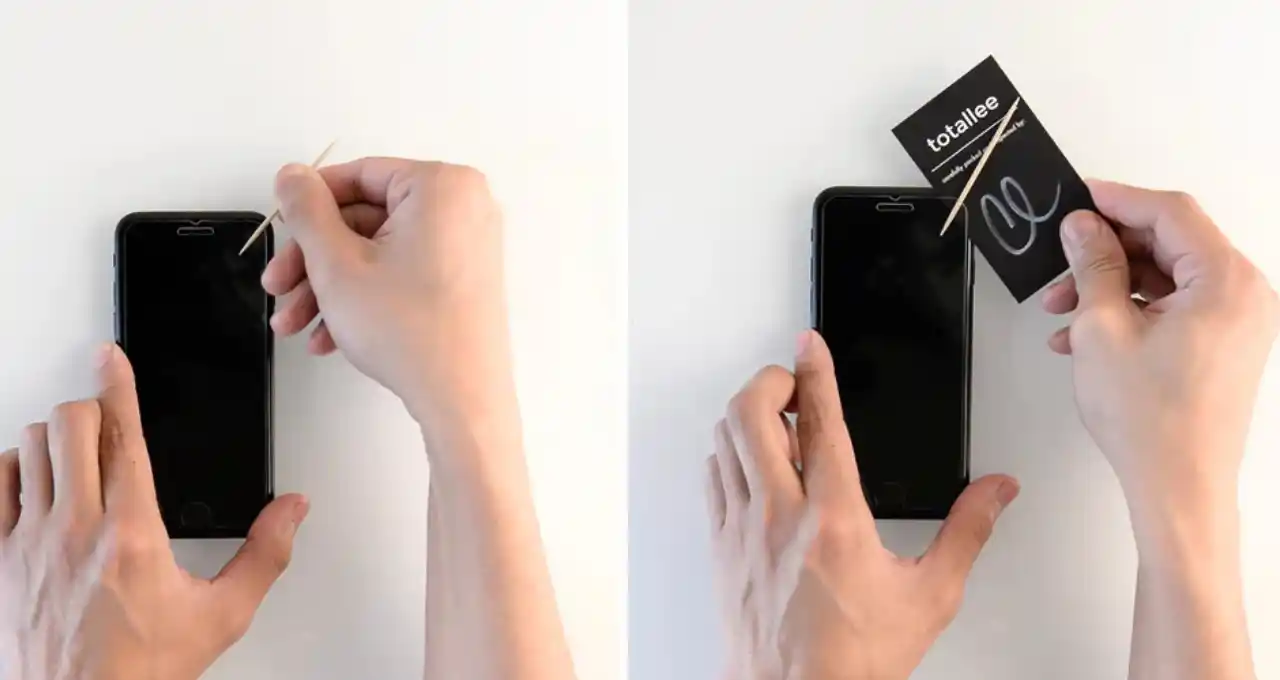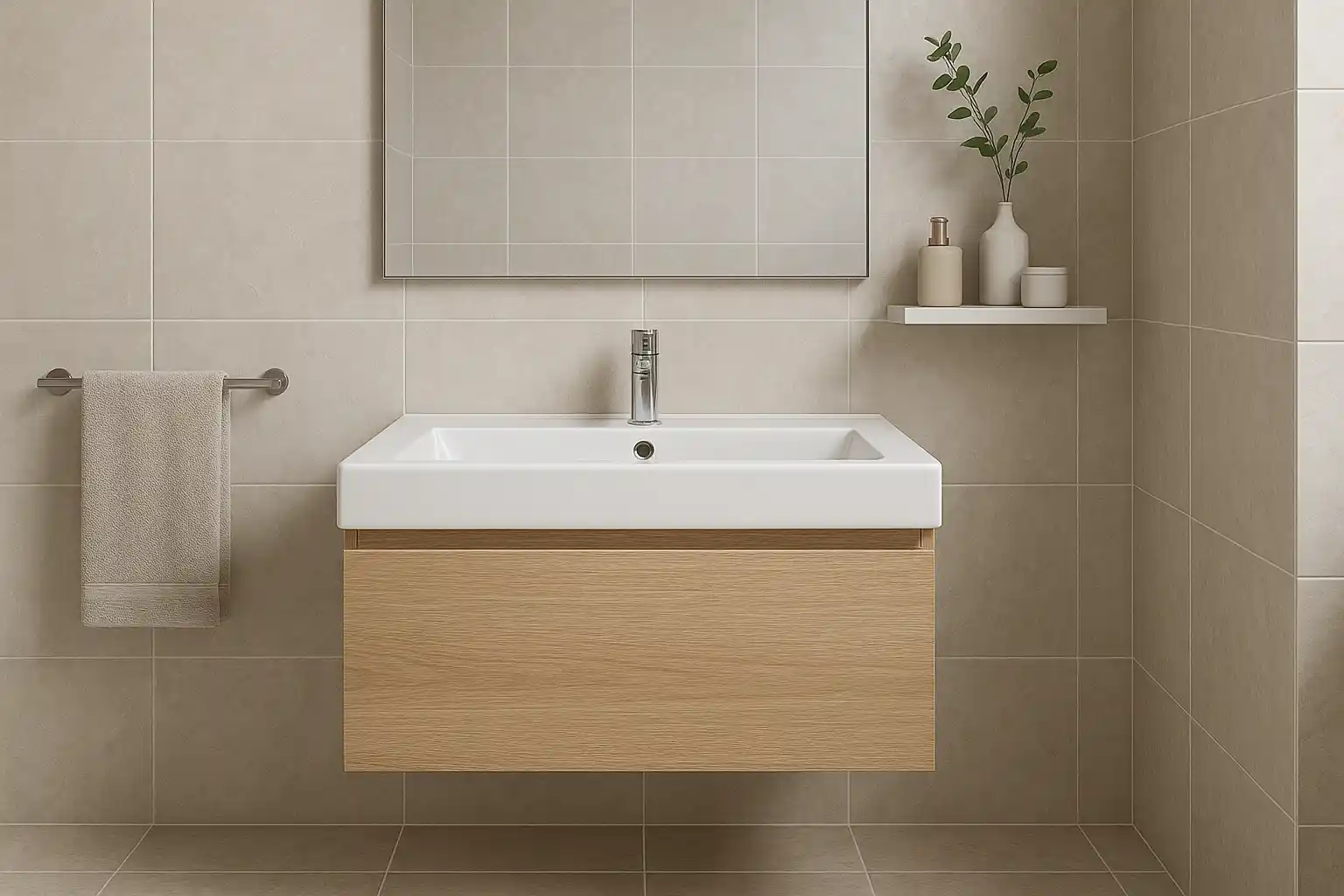If your smartphone’s display protector is cracked or damaged, it may affect each the functionality and appearance of your tool. Knowing the way to Remove a Cracked Glass Screen Protector thoroughly and efficiently is essential to preserve your cellphone searching and operating like new. In this manual, we’ll stroll you thru the steps to take away the cracked protector without detrimental your phone’s display, ensuring a clean transition to a clean new protector or direct screen use. Whether you’re changing it your self or simply want to clean the harm, those simple strategies will make the method less complicated and safer.
Are you looking for Phone Repair in Houston?
Safety First
When you get Remove a Cracked Glass Screen Protector, protection should constantly be your pinnacle precedence to save you harm or similarly damage to your smartphone. Since glass can be sharp, specifically when cracked, it’s a good concept to put on gloves to shield your hands. Make certain you’re operating in a easy, properly-lit vicinity to keep away from losing any small pieces.
Additionally, flip off your telephone to prevent any accidental touches or display troubles for the duration of the elimination method. Taking these precautions will help make certain that you can appropriately Remove a Cracked Glass Screen Protector with out inflicting harm to yourself or your device.
Preparing Your Workspace
Before you Remove a Cracked Glass Screen Protector it’s vital to installation a proper workspace to ensure a smooth and safe system. Start by using deciding on a easy, flat floor, inclusive of a desk or desk, to minimize the risk of losing small portions of glass. Lay down a gentle fabric or towel to guard your phone and the surface from scratches.
Ensure the location is nicely-lit so that you can really see the cracks and the rims of the protector. Gather the important equipment, including a plastic card, tweezers, and likely a hairdryer, to help with the elimination procedure. By taking these steps to prepare your workspace, you’ll make certain a more secure and greater efficient revel in whilst you take away a cracked glass display screen protector.
Necessary Tools
You will need:
- A credit card or a similar flat, thin object
- A hairdryer
- Tweezers
- Adhesive tape
- Microfiber cloth
- Screen cleaner
Assess the Damage
Before you Remove a Cracked Glass Screen Protector it is essential to evaluate the damage. Check how deep the cracks are and whether or not the protector continues to be securely attached. This will assist you determine the satisfactory method for elimination and keep away from damaging the display underneath. If the cracks are minor, you’ll be able to carefully lift the rims, while greater massive cracks can also require greater warning.
Checking the Severity of the Crack
When you Remove a Cracked Glass Screen Protector, it’s crucial to test the severity of the crack first. Inspect whether or not the crack is small and superficial or if it extends throughout the whole protector. If the crack is sizable, be cautious as the protector might also ruin into shards during removal.
This will help making a decision the safest method and ensure you’re organized for any capacity demanding situations at some point of the manner.
Deciding Whether to Proceed
If the cracks are severe and you are unsure approximately getting rid of the protector yourself, keep in mind searching for professional assist to avoid in addition damage.
Turn Off Your Phone
Always power down your phone before attempting any repairs. This prevents any accidental taps or further damage.
Powering Down
Hold the electricity button and pick the option to turn off your telephone absolutely.
Removing the Case
If your cellphone has a shielding case, take away it to make certain you have complete get admission to to the display edges.
Loosening the Edges
To Remove a Cracked Glass Screen Protector, gently slide a plastic card or your fingernail beneath the rims of the protector. Start at a corner and thoroughly paintings your manner round, loosening the adhesive. Be careful no longer to use an excessive amount of stress to keep away from unfavourable the display under.
Using a Credit Card
To Remove a Cracked Glass Screen Protector, you may use a credit score card to softly elevate the rims. Slide the card below the protector, starting at a nook, and slowly work your manner around. This will assist loosen the adhesive without causing damage in your smartphone’s display.
Applying Heat with a Hairdryer
To put off a cracked glass display screen protector, you can apply warmth the usage of a hairdryer. Set the hairdryer on low heat and preserve it some inches faraway from the protector for about 30 seconds. The warmth will soften the adhesive, making it less complicated to raise the protector without negative the screen.
Peeling Off the Protector
Once the edges of the protector are loosened, gently peel it off the use of your palms or a plastic card. Start at one nook and slowly raise the protector, working your way throughout the screen. Be careful to avoid making use of too much force to prevent any damage to the underlying telephone screen.
Starting at a Corner
When Remove a Cracked Glass Screen Protector, begin at one corner to make the manner less difficult. Use a plastic card or your fingernail to gently raise the corner, then slowly peel lower back the protector. Starting at a corner minimizes the danger of unfavourable the cellphone screen and facilitates you control the elimination greater efficaciously.
Slowly Removing the Protector
Take some time and peel the protector off progressively to avoid breaking it into smaller portions.
Dealing with Stubborn Pieces
Sometimes, tiny shards of glass can stick to the display screen. Here’s how to cope with them:
Using Tape for Tiny Shards
If the Remove a Cracked Glass Screen Protector leaves at the back of tiny shards, use a bit of tape to get rid of them effectively. Gently press the tape onto the shards and raise them off. This method prevents small glass pieces from damaging your smartphone or inflicting damage even as disposing of any leftover fragments.
Tweezers for Larger Pieces
Use tweezers to carefully dispose of any larger shards that stay stuck to the display.
Cleaning the Screen
After eliminating the protector, your show may have residue or dirt.
Using a Microfiber Cloth
Wipe the display screen gently with a microfiber cloth to get rid of any dust or small particles.
Applying Screen Cleaner
After you dispose of a cracked glass screen protector, use a display screen cleaner to wipe away any adhesive residue or dust. Apply a small quantity of purifier to a microfiber material and gently wipe the telephone’s floor. This will go away your display screen easy and geared up for a brand new protector or use.
Inspecting the Screen
Ensure your display screen is absolutely easy and freed from damage earlier than making use of a brand new protector.
Checking for Residue
Look for any leftover adhesive or debris and clean them off thoroughly.
Ensuring No Additional Damage
Inspect your screen for any cracks or damage that might have occurred underneath the protector.
Applying a New Screen Protector
Now that your screen is clean, it’s time to apply a new screen protector.
Choosing the Right Protector
Select a high-quality screen protector that fits your phone model perfectly.
Aligning and Applying the New Protector
Carefully align the new protector with your screen, starting from one edge and slowly pressing it down to avoid air bubbles.
Tips for Maintaining Your Screen Protector
To keep your new screen protector in good condition, follow these maintenance tips:
Regular Cleaning
Clean your screen protector regularly with a microfiber cloth to keep it clear and responsive.
Avoiding Dropping Your Phone
Use a sturdy phone case and handle your phone with care to prevent drops and impacts.
When to Seek Professional Help
In some cases, removing a cracked screen protector might be beyond your comfort level.
Severe Damage
If the protector is severely shattered, it might be safer to let a professional handle the removal.
Lack of Tools or Confidence
If you don’t have the necessary tools or are unsure about the process, seek professional assistance.
Benefits of Professional Assistance
There are several advantages to having a professional remove your screen protector.
Expert Handling
Professionals have the expertise to remove screen protectors without damaging your phone.
Saving Time and Effort
Hiring a professional can save you time and effort, especially if the protector is difficult to remove.
DIY vs. Professional Removal
Deciding whether to remove the screen protector yourself or seek professional help depends on several factors.
Cost Comparison
DIY removal is cost-effective, but professional services offer peace of mind at a higher price.
Convenience and Accessibility
Consider the convenience and accessibility of professional services in your area.
Conclusion
Removing a cracked glass display protector may seem challenging, but with the proper gear and careful method, it may be carried out effectively and correctly. Whether you choose to do it your self or searching for expert assist, the key’s to ensure your cellphone’s screen stays included and in right condition.
FAQs
How often should I replace my screen protector?
You need to replace your display protector whenever it indicates signs of damage, inclusive of cracks or tremendous scratches, to ensure your display remains included.
Can I reuse a screen protector?
No, once a screen protector is removed, it loses its adhesive properties and cannot be reapplied effectively.
What if my screen is damaged underneath?
If your display screen is damaged below the protector, you must have it repaired or replaced through a expert before making use of a brand new protector.
Are liquid screen protectors effective?
Liquid display protectors offer a few safety towards scratches however are normally less powerful than tempered glass protectors in opposition to affects.
How do I prevent my screen protector from cracking again?
To prevent your display screen protector from cracking, use a robust telephone case, cope with your cellphone with care, and avoid setting it in situations where it might be dropped or impacted.





